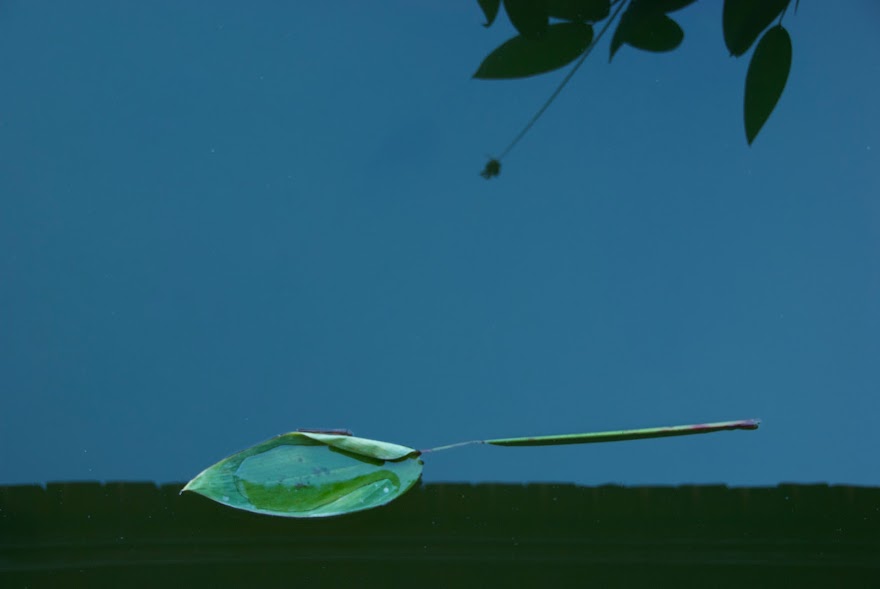Almost all of this entry comes from others.
First, I thank David for providing me with links to the story of six teen-aged Tongan boys who were castaways on a tiny uninhabited island for fifteen months. They wanted to get away from their boarding school and stole a 24’ boat. While anchored, the rode broke and they drifted from the main Tongan island, Tongatapu, almost ninety miles southwest to ‘Ata, where they survived in a real life complete opposite to William Golding’s novel, LORD OF THE FLIES.
Here are links to a Wikipedia article and twenty-one minute film about their experience, both of which I find fascinating and you may too.
https://en.wikipedia.org/wiki/Tongan_castaways
https://www.youtube.com/watch?v=DYebOCCoTYM
I am reading PATHFINDERS: A GLOBAL HISTORY OF EXPLORATION by Felipe Fernandez-Armesto.
Fernandez-Armesto’s thesis is that the history of our species is divided into two parts: divergence and convergence. The first began when some of us left Africa between 60,000 and 90,000 years ago and spread over the world being changed by climate and isolation. The second, the coming back together through land and sea routes and modern technology, he dates back about 10,000 years from our present.
I have found that there is scientific disagreement about these dates and even about when our species first evolved, but whatever the dates, the concept seems to me sound and the book interesting. Of the four hundred pages, the last three hundred are about the last five or six hundred years.
One fact Fernandez-Armesto points out and that I knew without understanding is that except in the Indian Ocean which has a 180 º seasonal wind shift from northeast in the northern winter to southwest in the northern summer, the early voyages of exploration were made to windward. I knew that this was true in the Pacific Ocean but had not thought it through. Fernandez-Armesto states they sailed into the complete unknown to windward because if they found nothing or encountered difficulties, they could turn down wind and have a good chance at making their way back home.
Some of his information seems to me to be wrong. He claims strong currents from the west made it difficult for ships to leave the Mediterranean through the Strait of Gibraltar. I have sailed that strait five times in three different boats without noticing significant currents. I have the sense that Fernandez-Armesto is a fine scholar, but not likely a sailor.
Here are some quotes he uses in the book. I have not finished it and so there may be more.
I have long known that calling our species homo sapiens is a cosmic joke. The latin means ‘wise’ or ‘knowing’ man. Really? What passes for the news and history prove otherwise. We are homo insipiens, foolish man. Another better choice than sapiens would be homo narcissus, narcissistic man, who not only named himself ‘wise’ but who until a few centuries ago thought the entire universe revolved around him and this small, obscure planet. Carl Linnaeus is responsible for naming us homo sapiens. He really should have known better.
This is preface to an amusing if tragic quote from Albert Einstein. I thank Larry for sending it to me. I have googled and it seems that Albert did say this or something close.
“Only two things are infinite, the universe and human stupidity, and I’m not sure about the former.”
I thank Alan for the photo taken by one of his neighbors who owns a Moore 24 at a Moore regatta on Huntington Lake two years ago. Were I to provide a caption it would be: I am glad it isn’t me. Those who race Moores push the great little boats’ limits in different ways than I do. I have put GANNET’s masthead in the water three or four times, but never to windward, and I fervently hope never to do so.
For myself I am enjoying days of perfect weather. Highs around 70F/21C. Lows in the high 50sF/14-15C. I am living mostly outside. Writing this in early afternoon on the screened porch. My sunset drinks the past two nights have been on deck and will be again this evening. My breakfast uncooked oatmeal eaten here on the porch. I am feeling quite well. I biked several miles this morning and when I do my resistance band workout later this afternoon will have worked out five of the last six days. COVID ain’t what it used to be. At least for those of us who are vaccinated,
To life.









